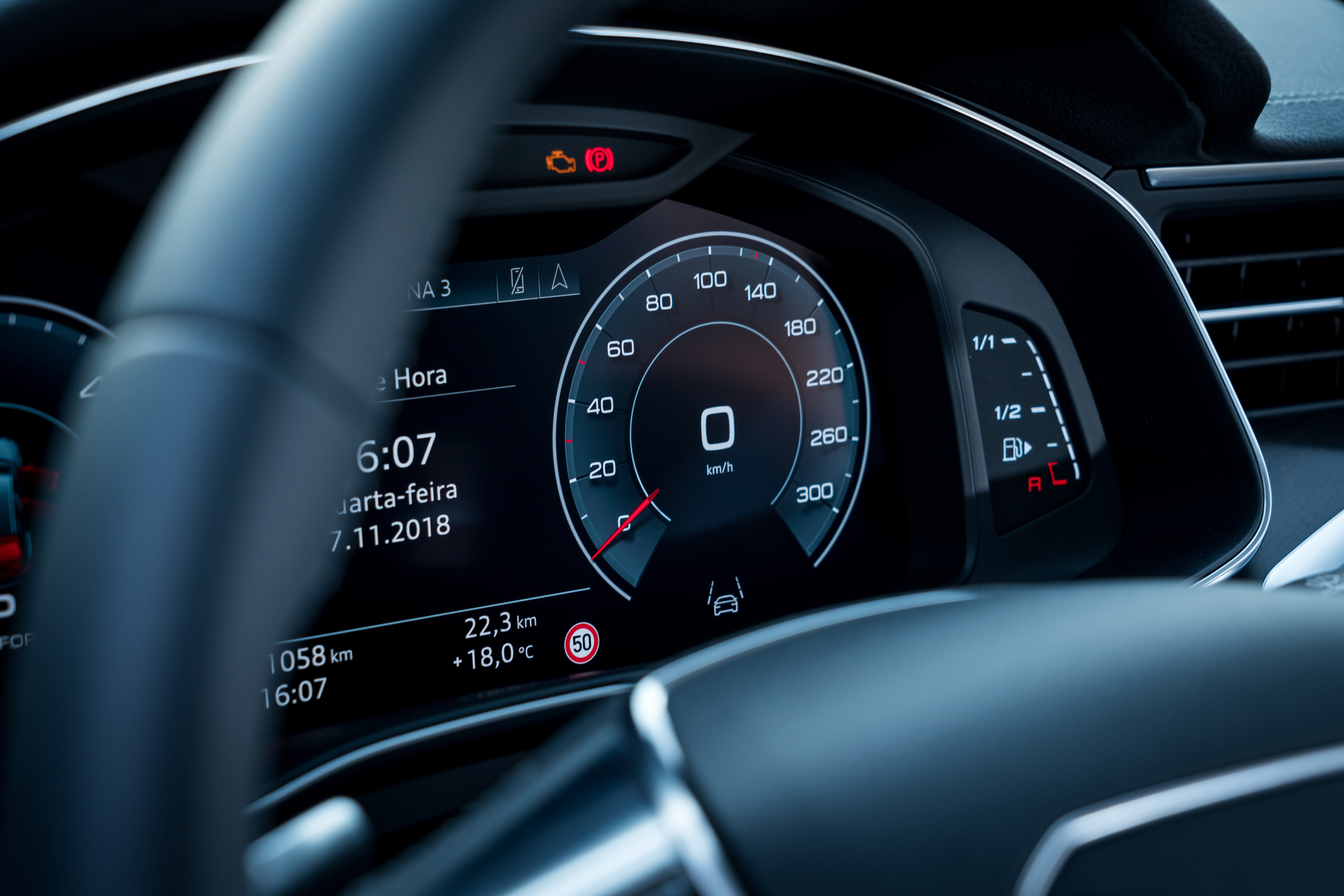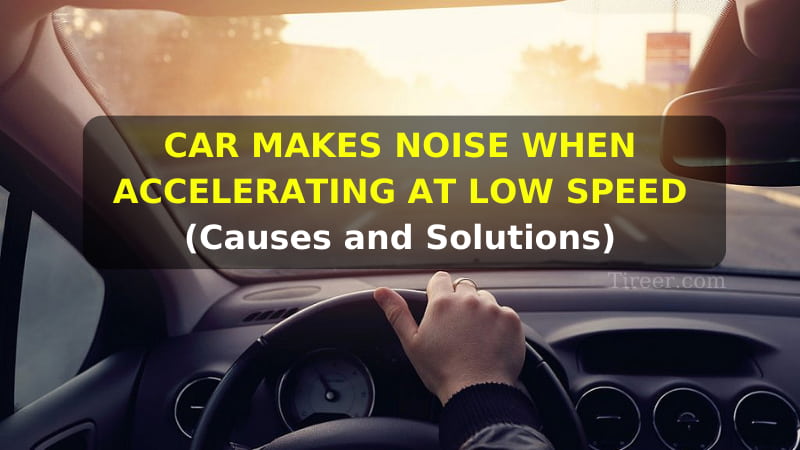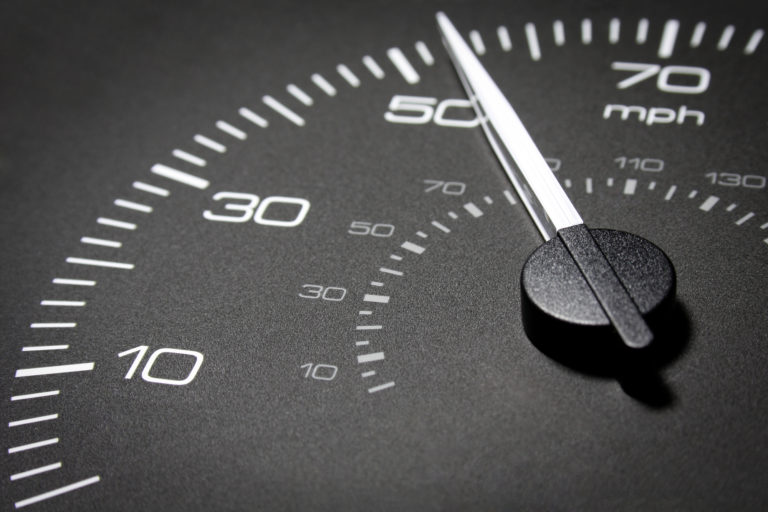Car Makes Clicking Noise When Accelerating

Drivers across the nation are reporting a concerning trend: a persistent clicking noise during acceleration. This unsettling sound, often dismissed initially, can signal potentially serious mechanical issues, demanding immediate attention to avoid costly repairs or dangerous breakdowns.
The pervasive nature of this issue raises urgent questions about vehicle maintenance and early detection. This article breaks down the potential causes, identifying key symptoms, and outlining crucial steps drivers should take to address this widespread automotive problem.
Understanding the Clicking Culprit
Several factors can contribute to a clicking noise during acceleration. Identifying the source requires careful observation and, ideally, professional diagnosis.
Common Causes
CV joints, or constant velocity joints, are a frequent culprit. According to a recent report by the National Institute for Automotive Service Excellence (ASE), worn or damaged CV joints are a leading cause of clicking noises, particularly when turning.
Low lubricant levels in these joints cause friction, leading to the telltale clicking sound. The noise typically intensifies when the vehicle is turning.
Another potential cause involves issues within the engine itself. Valve train problems, such as worn lifters or improper valve clearance, can generate a clicking or ticking noise that becomes more pronounced with increased engine speed.
Furthermore, problems in the ignition system, specifically with spark plugs, can cause a clicking noise. Misfiring spark plugs can create irregular combustion, resulting in a noticeable ticking or clicking sound during acceleration.
Loose or damaged exhaust components should also be considered. A loose heat shield or a cracked exhaust manifold can vibrate and create a clicking or rattling noise, especially under acceleration stress.
Diagnosing the Noise
Accurately diagnosing the cause is crucial. Paying attention to when the noise occurs helps narrow down the possibilities.
Does the clicking only happen when turning? This strongly suggests a CV joint issue. Does the clicking increase with engine RPM, even when the car is stationary? This indicates potential engine problems.
What To Do If You Hear Clicking
Ignoring a clicking noise can lead to serious consequences. Addressing the issue promptly prevents further damage and ensures safety.
Immediate Actions
Safety First: If you hear a clicking noise, especially accompanied by other symptoms like vibrations or loss of power, pull over to a safe location immediately.
Do not continue driving if the noise is loud or accompanied by other concerning symptoms. Continuing to drive can exacerbate the problem and potentially lead to a breakdown.
Professional Inspection
The most crucial step is to seek professional help. Take your vehicle to a qualified mechanic for a thorough inspection.
Explain the symptoms in detail and provide any relevant information about when the noise occurs. A skilled mechanic can accurately diagnose the problem and recommend the appropriate repairs.
Preventive Maintenance: Regular maintenance is key to preventing these issues. Following your vehicle's recommended maintenance schedule helps identify and address potential problems early.
Data and Statistics
According to AAA, vehicle maintenance costs have risen sharply in recent years, emphasizing the importance of preventative care. Ignoring unusual noises can lead to more extensive and expensive repairs down the line.
A study by Consumer Reports indicates that vehicles with regular maintenance records experience significantly fewer breakdowns and require less frequent repairs. Addressing issues like clicking noises early can save drivers substantial money in the long run.
The National Highway Traffic Safety Administration (NHTSA) emphasizes the importance of vehicle safety and encourages drivers to address any potential mechanical issues promptly to avoid accidents.
Conclusion
A clicking noise during acceleration should never be ignored. The sound could be an indicator of serious mechanical problems lurking beneath the hood.
Prompt action, including professional inspection and adherence to a regular maintenance schedule, are crucial steps in ensuring vehicle safety and preventing costly repairs. Drivers must remain vigilant and address any unusual noises to keep their vehicles running smoothly and safely.
Ongoing investigations by automotive safety organizations are continuously monitoring these trends and providing updated guidelines for vehicle maintenance and safety protocols. Stay informed, stay safe, and address any concerns promptly.


















